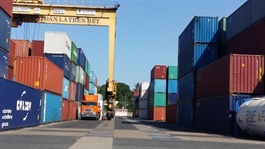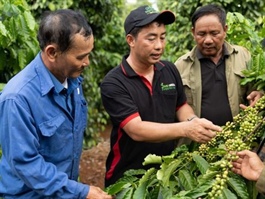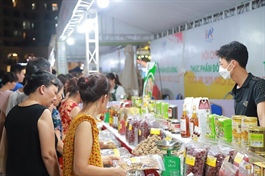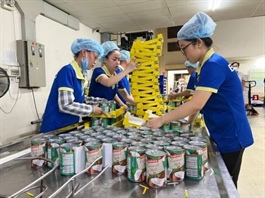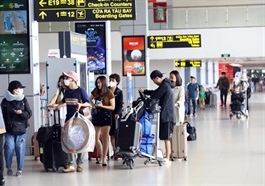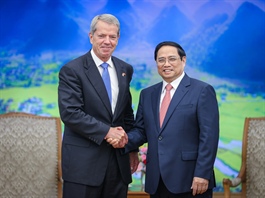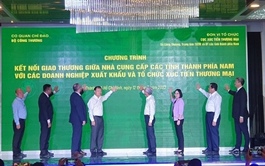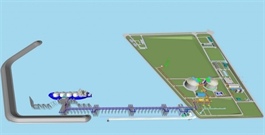Textile apparel sector losing advantage in price competition
Textile apparel sector losing advantage in price competition
Many producers in the textile apparel sector are on tenterhooks as export orders are increasingly shifting to other countries like Bangladesh or India for more favourable pricing.

Thanh Cong Textile Garment Investment and Trading JSC (TCM) incurred shortages of export orders from the second quarter (Q2) of this year, leaving its factories running below their capacity.
Tran Nhu Ting, chairman of TCM, revealed that the reopening of the Chinese market had resulted in an augmented supply, fuelling competition, while demand had yet to increase.
“The local textile and apparel sector faces stiff competition from Bangladesh where the labour cost is low, and its home currency is depreciating stronger than Vietnam’s dong,” said Tung.
At the annual general shareholders meeting (AGM) 2023 of state conglomerate Vinatex over a month ago, chairman Le Tien Truong noted that the current wage of labourers in the sector fetches around $300 per capita per month, much higher than that of Bangladesh at $95 per capita per month.
Pham Van Viet- deputy chairman of Ho Chi Minh City Association of Garment Textile Embroidery and Knitting, added that aside from lower labour costs, Bangladesh has reached 4.0 technology with high automation in this sector, while most equipment and technology in this sector in Vietnam was at the traditional level.
He said that in Bangladesh, the textile apparel sector was being oriented as a spearhead sector for investment, so that businesses in the sector were eligible for reduction and exemption of corporate income tax and tax for technology innovation, whereas in Vietnam, the sector was deemed as traditional and labour-intensive, and was no longer considered a spearhead sector as in the past.
The current incentives offered to producers are therefore insignificant. In this context they are deploying a suite of measures to bolster development.
At Viet Thang Jean Co., Ltd., after struggling in H1, the company is stepping into Q3 with boosted competitiveness as its products had acquired ‘green’ standards from materials to technology, coupled with better pricing thanks to digital transformation.
A company representative said that Viet Thang Jean had applied Technology 4.0 into complex phases leveraging cutting-edge equipment like laser and ozone machines, colour sprayers, automated drying lines, and others.
All the equipment items have been imported from Europe, helping to save manpower cost by 85 per cent, leading to a lower price.
Tong Thi Tra My, deputy CEO of Navitex International Co., Ltd., unveiled that the company was coming up with a wide range of cost-saving measures, such as curtailing 30 per cent of office operation cost, slashing 30 per cent of manpower and sheering 20-30 per cent in profit to enhance competitiveness for each item.





